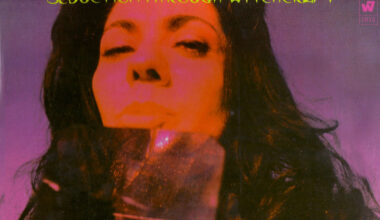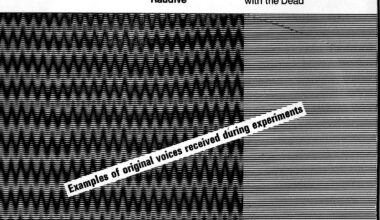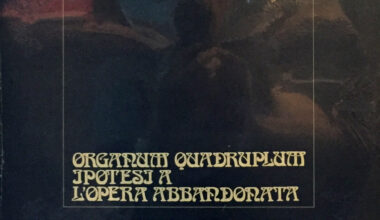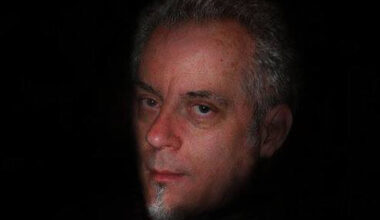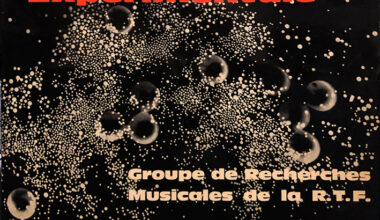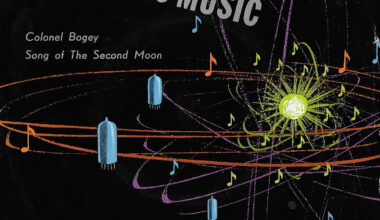Our resident archivist rummages through early electronica from South America, which, he reports, are thin on the ground due to water damage and warping thanks to the climate
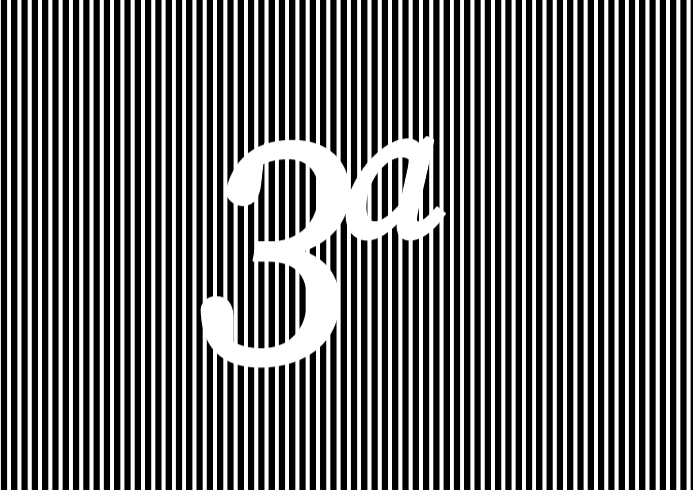
‘3ª Bienal Americana De Arte’, is a release from 1966. It’s a chunky boxset made in Argentina, and I’ve been looking for it for years.
They only made a handful of them to commemorate a festival of avant-garde music put on by Horacio Vaggione. The box is all handmade, and I really love the insert, which has a picture of a conductor in a tuxedo, with his score, with a tape recorder and a lead going to tons of instruments all piled up.
Vaggione is an Argentinian composer, who studied at the National University Of Córdoba in the late 1950s and set up the Experimental Music Center there in 1963. In 1966, the city of Córdoba hosted the Third Inter-American Biennial of Art, or the 3ª Bienal Americana De Arte. The idea was to put Argentina and Córdoba on the cultural map with a showcase of visual art, fashion and music from Argentina and the rest of the world.
As part of the festival, Vaggione organised a series of avant-garde music concerts which ran over four nights.
This record is a taster of the artists that were involved. It was a great line-up, with John Cage, Lejaren Hiller, Gordon Mumma, Christian Wolff and Earle Brown all coming from the USA to perform, or have their work performed. A range of South American composers were represented, too, including the most famous Argentinian experimental composer, Mauricio Kagel.
He was probably the first South American composer to make electronic music, he composed a 110-minute electronic music piece called ‘Musica Para La Torre’ (‘Tower Music’) in 1953 for an installation with lighting effects. He emigrated from Argentina to Cologne in 1953 and spent the rest of his life there.
I found out about this record because of Gordon Mumma, who is featured on it. A friend of mine knows him. He’s an American composer who has been making really good electronic music ever since. This record was the first time his piece ‘The Dresden Interleaf 13 February 1945’ was released. That’s an intense piece of electronic noise, 12 minutes of individual bursts of feedback, squirts and oscillator sounds, and these blocks of sound like a processed buzz saw, or drone. It alternates between being quite percussive noisy, and then quiet and more ambient.
That track has been re-released on a Sub Rosa compilation, ‘An Anthology Of Noise & Electronic Music/First A-Chronology Volume #1’, which you can get as a triple vinyl album, although that’s pretty scarce now too, or on CD. Gordon Mumma later became composer-in-residence with Merce Cunningham’s dance company, with John Cage and David Tudor.
Many of the pieces on this record can’t be found anywhere else. My favourite is by Lejaren Hiller, ‘Estudio N° 7’. It’s unbelievably good. Hiller was an American composer and he founded the electronic music studio at the University of Illinois, the second big studio to be built in America after the Columbia-Princeton studio. He was an early experimenter in computer music, which back then – this was in the 1950s – meant getting a computer to actually compose the music. The studio is still going, offering degree courses in electro-acoustic music.
A footnote about South American pressings: they are often very bad, and because of the climate there are other problems to watch out for. You’ll often see them warped, or with water damaged sleeves. With one record I found after I’d been hunting for a copy for ages, the hole was too small. I managed to get it on the spindle, but when I took it off, it broke in two. Beware!
